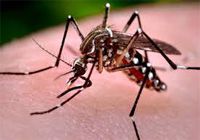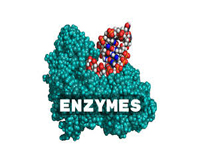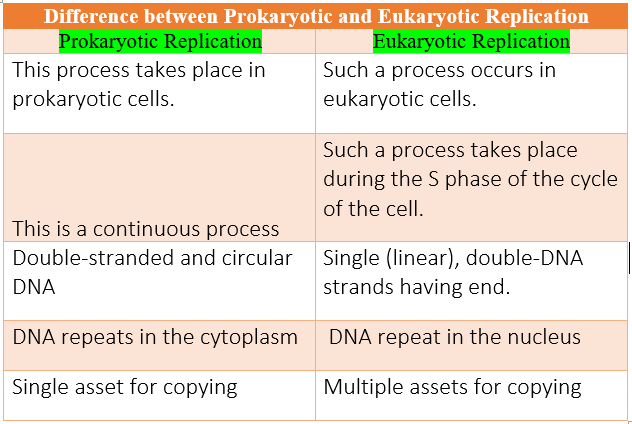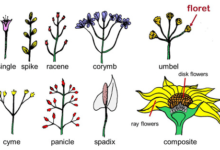Cell Wall Structure and function
What is Cell Wall?
The outermost boundary in most plant cells is called Cell Wall. Plants and prokaryotes have different types of cell walls. The plant cell wall is different from the cell walls of prokaryotes. These walls have different structures and chemical compositions.
The cell wall is secreted by the protoplasm of the cell. The thickness of the cell wall is different in different types of cells. The cell wall is composed of three basic layers: primary wall, secondary wall, and middle lamella.
1. Primary Wall
The primary wall is mainly composed of cellulose. Primary Wall also contains some pectin and hemicelluloses. It is a true cell wall. It develops in the newly growing cells. The cellulose molecules are arranged in a criss-cross manner.
It is produced on the outer side of the plasma membrane in a young plant cell. Primary Wall is thin and elastic. It is made up of cellulose.
2. Secondary Wall
The secondary wall is formed on the inner surface of the primary wall. It is much thick and rigid. Chemically, it is composed of inorganic salts, silica, waxes, cutin, lignin, etc.
It is produced in an old cell on the inner side of the primary wall. Due to the secondary wall, the cell wall becomes stronger and non-elastic.
3. Middle Lamella
It is present between the walls of two adjacent cells in their attachment.
Cell Wall of Prokaryotes and Fungi:
Cellulose is absent in the cell wall of prokaryotes. Their wall is composed of peptidoglycan or murein. The cell wall of fungi contains chitin.
Functions of Cell Wall
- It gives a definite shape to plant cells.
- It keeps the cell rigid.
- All types of materials can pass through it. So, it does not act as a barrier for the passing material.
- The cell wall is a protective layer around the cell.
- It is a permeable membrane. It allows water and other substances to pass. So, it helps in the diffusion process.






